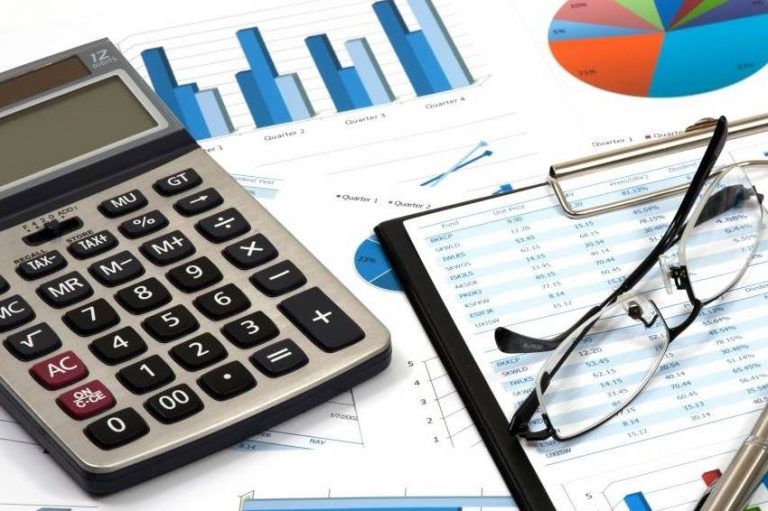In this article, we will cover the Economic Assessment tool of PVSyst, which allows the economic analysis of the photovoltaic system to be carried out.
We are basing it on version 7 of the software, but the instructions also apply equally to older versions.
The Economic Assessment option is only available after running the simulation, as the amount of energy generated is one of the inputs of the economic analysis.
After carrying out the simulation, the next step in the economic analysis is to define the costs of materials, equipment and services (CAPEX) that are part of the photovoltaic project. Costs can be entered absolutely (global value) or normalized by power (R$/Wp).
The figure below illustrates the insertion of costs for a project. At the bottom of the window you will find the final value of the system. In the section on the right of the window, operation and maintenance costs (OPEX) can be entered. In this example, as it is a small microgeneration system, we are ignoring O&M costs.
Below we see the normalized cost of the project (R$/Wp) when the “per Wp” option is selected.
The next step is to define the cost of electrical energy, an important element of economic analysis. This is the cost currently paid for electrical energy purchased from the distributor, before installing the photovoltaic system.
In this example, we set a cost of R$ 0.75/kWh. The simulation horizon will be 30 years, which is why the field Duration of tariff warranty was set to this value. It is also possible to enter energy inflation (Annual tariff variation), which is an important variable in economic analysis.
Inflation in the price of electricity, something that Brazilians regularly live with, has an important impact on economic viability and service time. payback of the investment.
Inflation is an excellent persuasive argument for those who are going to buy a photovoltaic system – after all, whoever purchases a photovoltaic system is purchasing, for the value of the investment, all the electrical energy that will be generated over a 30-year horizon. The owner of the photovoltaic system becomes naturally immune to the inflationary increase in electricity tariffs.
Option 1: Equity
PVSyst allows you to carry out the simulation with your own capital (Own funding) or with financing. Let's initially use the first option.
In this window, in addition to the payment option (Financing section), some variables must be defined in the left columns: analysis horizon (Project lifetime), inflation, reduction of system power over time (Production variation) and discount rate (rate of return on invested capital).
In the tab Financial results it is possible to see the result of the economic analysis. The return on investment time (Payback period) in this example is 4.6 years.
The normalized cost of energy (LCOE) is R$ 0.268/kWh. In other words, the owner of the photovoltaic system, considering the investment made, will have energy generated at a cost of R$ 0.268/kWh, replacing the expense of R$ 0.75/kWh that previously existed (current cost of energy purchased from the concessionaire).
In column Gross income we have the value of energy generated each year, considering inflation (5% per year in this example). In column After-tax profit we see the “profit” provided by the photovoltaic system annually. In this case, the profit is the value of the energy generated, as there are no discounts.
The column Cumulative profits shows the accumulated profit (sum of the current year and previous years) with the photovoltaic system. In the last column we see the percentage of investment amortization.
It is observed that the amortization becomes greater than 100% in year 5, indicating that the expenditure incurred in acquiring the photovoltaic system was fully recovered by the user with the energy savings provided.
The following graph shows the accumulated cash flow, indicating that in the first years there was a loss. What is meant here by loss is the fact that the money invested in the acquisition of the photovoltaic system was not recovered during this period.
Between years 4 and 5, the scenario inverts (known as break even in financial jargon), meaning that the project started to make a profit (literally came out of the red) from that moment on.
In the previous screens, in the frame Financial summary, we find the financial summary of the project:
- Installation costs: is the total cost of the project, according to the cost spreadsheet that was prepared. In this example we have a project with a value of R$5/Wp (this is the final amount paid by the consumer or the client who is purchasing the system);
- Total annual cost: is the system operating cost, defined as zero in this project;
- LCOE: It is the normalized cost of energy, considering what was paid for the system and the profit that will be generated by it. This is an important piece of information to inform the customer, as it gives a clear indication of the advantage of using the photovoltaic system. In other words, the customer will stop paying R$ 0.75/kWh for electricity and will obtain energy at the cost of R$ 0.268/kWh after purchasing the solar system.
Option 2: Financing
It is possible to define the acquisition of the photovoltaic system from a financing. This is done in the option Loans in the Financing tab, where you can define the loan term and the rate.
Below we see the result of the economic analysis with the financing option. The columns Main loan It is loan interest Added together, they represent the annual installments paid for the financing.
On the following screen we see the cash flow accumulated with the financing option. There are no red bars, which means that the client never needed to pay out equity capital.
The photovoltaic system has already started generating profit since its first year of operation, as the savings generated are enough to pay the financing installments and there is still a surplus.
In the case of financing, the payback it is a little longer, as the cost of purchasing the system (because of interest) becomes higher. Even so, we observed a return on investment of six and a half years, considered very low.
In addition to the quick return on investment, the photovoltaic system is a true money-making machine. The time of payback is not the only important variable in analyzing profitability.
The solar system is profitable throughout its lifetime. In the illustration above, we observe an ROI (return on investment) of 564.2%, something very difficult to obtain with traditional investments.
Currently, with the scenario of low profitability of financial investments, with negative real interest rates on many financial market products, the acquisition of a photovoltaic system is one of the best forms of investment.

























